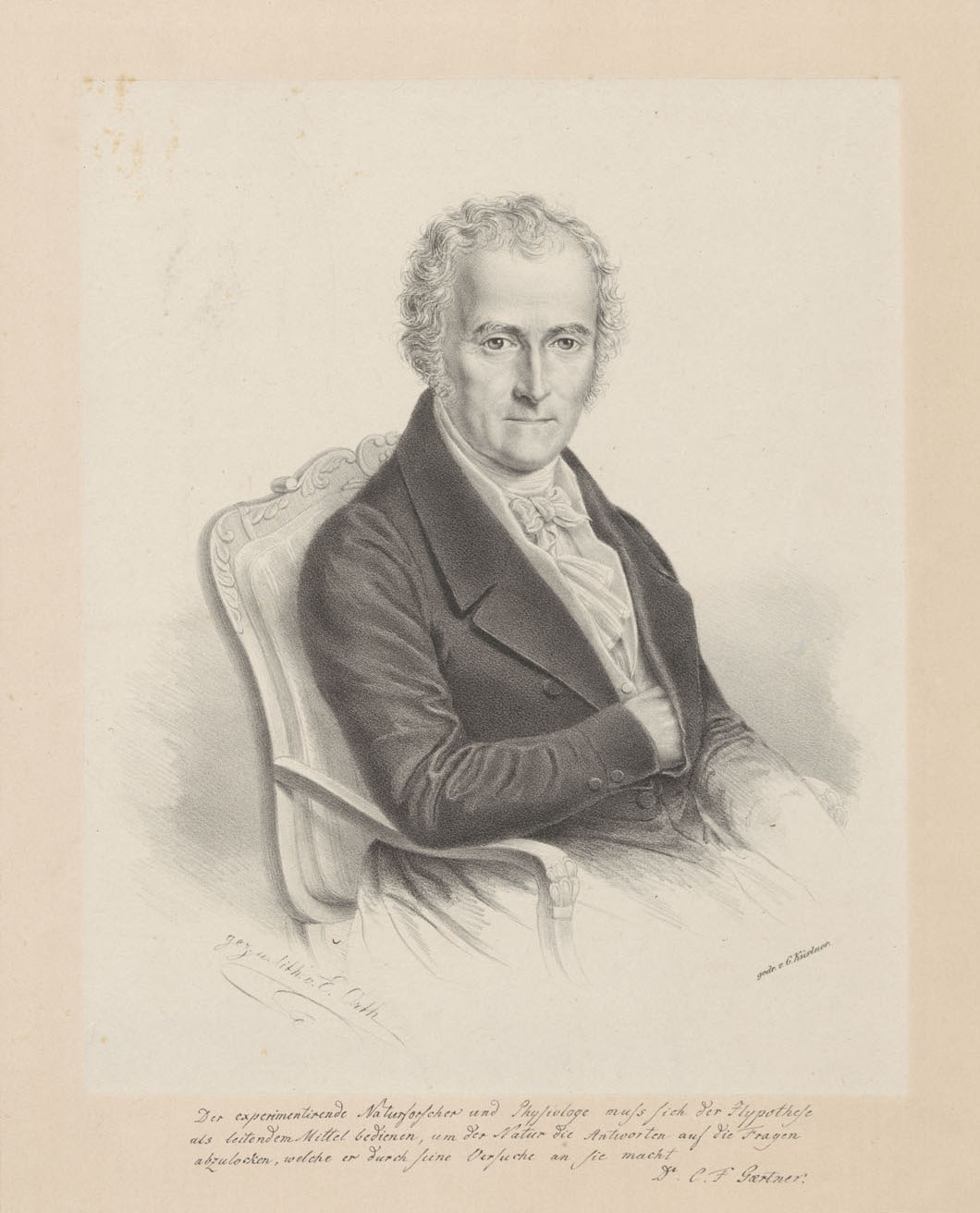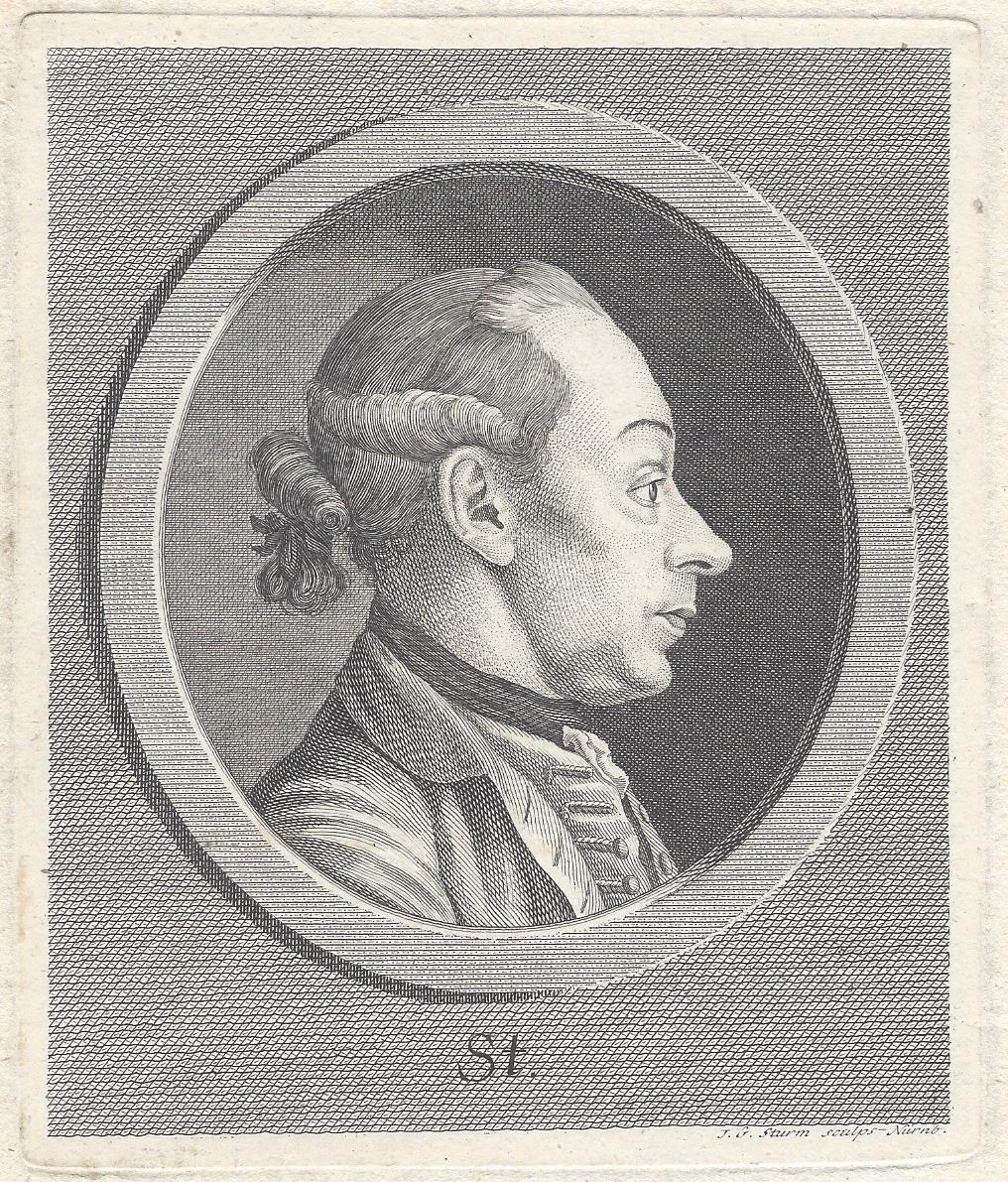|
De Fructibus Et Seminibus Plantarum
''De Fructibus et Seminibus Plantarum'', also known by its standard botanical abbreviation ''Fruct. Sem. Pl.'', is a three-volume botanic treatise by Joseph Gaertner. The first volume was published in December 1788. The second volume was published in four parts, in 1790, 1791, 1791, and 1792 respectively. A third volume was published after Gaertner's death by his son Karl Friedrich von Gaertner from 1805 to 1807; this final volume is also known as Supplementum Carpologicae, abbreviated as ''Suppl. Carp.''. Most of the illustrations for the work were done by Johann Georg Sturm (1742-1793). ''De Fructibus'' was based on specimens of over a thousand genera, including Australian and Pacific specimens from the collection of Sir Joseph Banks, and South African specimens from the collection of Carl Peter Thunberg. It was essentially a study of fruits and seeds, but the resultant classification was outstanding for its time. Julius von Sachs claimed that the work "forms an epoch in the hi ... [...More Info...] [...Related Items...] OR: [Wikipedia] [Google] [Baidu] |
Joseph Gaertner
Joseph Gaertner (12 March 1732 – 14 July 1791) was a German botanist, best known for his work on seeds, ''De Fructibus et Seminibus Plantarum'' (1788-1792). Biography He was born in Calw, and studied in Göttingen under Albrecht von Haller. He was primarily a naturalist, but also worked at physics and zoology. He travelled extensively to visit other naturalists. He was professor of anatomy in Tübingen in 1760, and was appointed professor of botany at St Petersburg in 1768, but returned to Calw in 1770. Gaertner made back cross to convert one species into another. Back cross increases nuclear gene frequency His observations were: 1. Dominance of traits 2. Equal contribution of male and female to the progeny 3. No variation in F1 (first generation of descendants) 4. Large variation in F2 (second generation of descendants) including parental and intermediate types 5. Some of F2 plants had entirely new traits but he was unable to give possible explanation for observed dat ... [...More Info...] [...Related Items...] OR: [Wikipedia] [Google] [Baidu] |
Karl Friedrich Von Gaertner
Karl Friedrich von Gaertner (or Carl Friedrich von Gärtner) (1 May 1772 – 1 September 1850) was a well-known German botanist, and the son of Joseph Gaertner. He was a pioneer in the study of hybrids, and he is considered an important influence on Gregor Mendel. Gärtner, who was a protestant, challenged the doctrine of Carl Linnaeus of the "new special creation" which stated that new species of vegetation could arise through hybridization. He defended the stability of species, and argued that although the transmutation of species was evidently possible, the new species would not last because of a ''law of reversion'' which prevented them from spreading freely. As was reported in the words of Mendel: Gärtner is mentioned 17 times in Gregor Mendel's short famous paper ''Experiments on Plant Hybridization'' and 32 times in the first edition of Charles Darwin's ''On the Origin of Species ''On the Origin of Species'' (or, more completely, ''On the Origin of Species by M ... [...More Info...] [...Related Items...] OR: [Wikipedia] [Google] [Baidu] |
Johann Georg Sturm
Johann Georg Sturm (1742–1793) was a German natural history illustrator noted for the plates in Joseph Gaertner's ''De Fructibus et Seminibus Plantarum'', and for co-authoring ''Deutschlands Flora in Abbildungen''. He was the father of Jacob Sturm (1771–1848), a noted entomologist, who engraved the illustrations for the supplement to ''De Fructibus et Seminibus Plantarum''. References External links {{DEFAULTSORT:Sturm, Johann Georg 1742 births 1793 deaths German botanical illustrators Natural history illustrators Illustrators from the Holy Roman Empire ... [...More Info...] [...Related Items...] OR: [Wikipedia] [Google] [Baidu] |
Genus
Genus (; : genera ) is a taxonomic rank above species and below family (taxonomy), family as used in the biological classification of extant taxon, living and fossil organisms as well as Virus classification#ICTV classification, viruses. In binomial nomenclature, the genus name forms the first part of the binomial species name for each species within the genus. :E.g. ''Panthera leo'' (lion) and ''Panthera onca'' (jaguar) are two species within the genus ''Panthera''. ''Panthera'' is a genus within the family Felidae. The composition of a genus is determined by taxonomy (biology), taxonomists. The standards for genus classification are not strictly codified, so different authorities often produce different classifications for genera. There are some general practices used, however, including the idea that a newly defined genus should fulfill these three criteria to be descriptively useful: # monophyly – all descendants of an ancestral taxon are grouped together (i.e. Phylogeneti ... [...More Info...] [...Related Items...] OR: [Wikipedia] [Google] [Baidu] |
Pacific
The Pacific Ocean is the largest and deepest of Earth's five oceanic divisions. It extends from the Arctic Ocean in the north to the Southern Ocean, or, depending on the definition, to Antarctica in the south, and is bounded by the continents of Asia and Australia in the west and the Americas in the east. At in area (as defined with a southern Antarctic border), the Pacific Ocean is the largest division of the World Ocean and the hydrosphere and covers approximately 46% of Earth's water surface and about 32% of the planet's total surface area, larger than its entire land area ().Pacific Ocean . '' Britannica Concise.'' 2008: Encyclopædia Britannica, Inc. The centers of both the [...More Info...] [...Related Items...] OR: [Wikipedia] [Google] [Baidu] |
Joseph Banks
Sir Joseph Banks, 1st Baronet, (19 June 1820) was an English Natural history, naturalist, botanist, and patron of the natural sciences. Banks made his name on the European and American voyages of scientific exploration, 1766 natural-history expedition to Newfoundland and Labrador. He took part in Captain James Cook's First voyage of James Cook, first great voyage (1768–1771), visiting Brazil, Tahiti, and after 6 months in New Zealand, Australia, returning to immediate fame. He held the position of president of the Royal Society for over 41 years. He advised King George III on the Royal Botanic Gardens, Kew, sending botanists around the world to Botanical expedition, collect plants, he made Kew the world's leading botanical garden. He is credited for bringing 30,000 plant specimens home with him; amongst them, he was the first European to document 1,400. Banks advocated Colony of New South Wales, British settlement in New South Wales and the colonisation of Australia, as wel ... [...More Info...] [...Related Items...] OR: [Wikipedia] [Google] [Baidu] |
South Africa
South Africa, officially the Republic of South Africa (RSA), is the Southern Africa, southernmost country in Africa. Its Provinces of South Africa, nine provinces are bounded to the south by of coastline that stretches along the Atlantic Ocean, South Atlantic and Indian Ocean; to the north by the neighbouring countries of Namibia, Botswana, and Zimbabwe; to the east and northeast by Mozambique and Eswatini; and it encloses Lesotho. Covering an area of , the country has Demographics of South Africa, a population of over 64 million people. Pretoria is the administrative capital, while Cape Town, as the seat of Parliament of South Africa, Parliament, is the legislative capital, and Bloemfontein is regarded as the judicial capital. The largest, most populous city is Johannesburg, followed by Cape Town and Durban. Cradle of Humankind, Archaeological findings suggest that various hominid species existed in South Africa about 2.5 million years ago, and modern humans inhabited the ... [...More Info...] [...Related Items...] OR: [Wikipedia] [Google] [Baidu] |
Carl Peter Thunberg
Carl Peter Thunberg, also known as Karl Peter von Thunberg, Carl Pehr Thunberg, or Carl Per Thunberg (11 November 1743 – 8 August 1828), was a Sweden, Swedish Natural history, naturalist and an Apostles of Linnaeus, "apostle" of Carl Linnaeus. After studying under Linnaeus at Uppsala University, he spent seven years travelling in southern Italy and Asia, collecting and describing people and animals new to European science, and observing local cultures. He has been called "the father of South African botany", "pioneer of Occidental Medicine in Japan", and the "Japanese Carl Linnaeus, Linnaeus". Early life Thunberg was born and grew up in Jönköping, Sweden. At the age of 18, he entered Uppsala University where he was taught by Carl Linnaeus, regarded as the "father of modern Taxonomy (biology), taxonomy". Thunberg graduated in 1767 after 6 years of studying. To deepen his knowledge in botany, medicine and natural history, he was encouraged by Linnaeus in 1770 to travel to P ... [...More Info...] [...Related Items...] OR: [Wikipedia] [Google] [Baidu] |
Julius Von Sachs
Julius von Sachs (; 2 October 1832 – 29 May 1897) was a German botanist from Breslau, Prussian Silesia. He is considered the founder of experimental plant physiology and co-founder of modern water culture. Julius von Sachs and Wilhelm Knop are monumental figures in the history of botany by first demonstrating the importance of water culture for the study of plant nutrition and modern plant physiology in the 19th century. Early life Sachs was born at Breslau on 2 October 1832. His father, Graveur Sachs, was an engraver by trade, and father taught son delineation and accuracy of line and color. From earliest boyhood Julius was fascinated with plants, making collections of them on many field excursions with his father. He gave much of his time between the ages of thirteen and sixteen to drawing and painting the flowers, fungi, and other specimens which he collected. At the Gymnasium from 1845 to 1850 he was most interested in the natural sciences, collecting skulls, writing a ... [...More Info...] [...Related Items...] OR: [Wikipedia] [Google] [Baidu] |
IPNI
The International Plant Names Index (IPNI) describes itself as "a database of the names and associated basic bibliographical details of seed plants, ferns and lycophytes." Coverage of plant names is best at the rank of species and genus. It includes basic bibliographical details associated with the names. Its goals include eliminating the need for repeated reference to primary sources for basic bibliographic information about plant names. The IPNI also maintains a list of standardized author abbreviations. These were initially based on Brummitt & Powell (1992), but new names and abbreviations are continually added. Description IPNI is the product of a collaboration between The Royal Botanic Gardens, Kew ( Index Kewensis), The Harvard University Herbaria (Gray Herbarium Index), and the Australian National Herbarium ( APNI). The IPNI database is a collection of the names registered by the three cooperating institutions and they work towards standardizing the information. The ... [...More Info...] [...Related Items...] OR: [Wikipedia] [Google] [Baidu] |
Google Books
Google Books (previously known as Google Book Search, Google Print, and by its code-name Project Ocean) is a service from Google that searches the full text of books and magazines that Google has scanned, converted to text using optical character recognition (OCR), and stored in its digital database.The basic Google book link is found at: https://books.google.com/ . The "advanced" interface allowing more specific searches is found at: https://books.google.com/advanced_book_search Books are provided either by publishers and authors through the Google Books Partner Program, or by Google's library partners through the Library Project. Additionally, Google has partnered with a number of magazine publishers to digitize their archives. The Publisher Program was first known as Google Print when it was introduced at the Frankfurt Book Fair in October 2004. The Google Books Library Project, which scans works in the collections of library partners and adds them to the digital inventory, ... [...More Info...] [...Related Items...] OR: [Wikipedia] [Google] [Baidu] |






